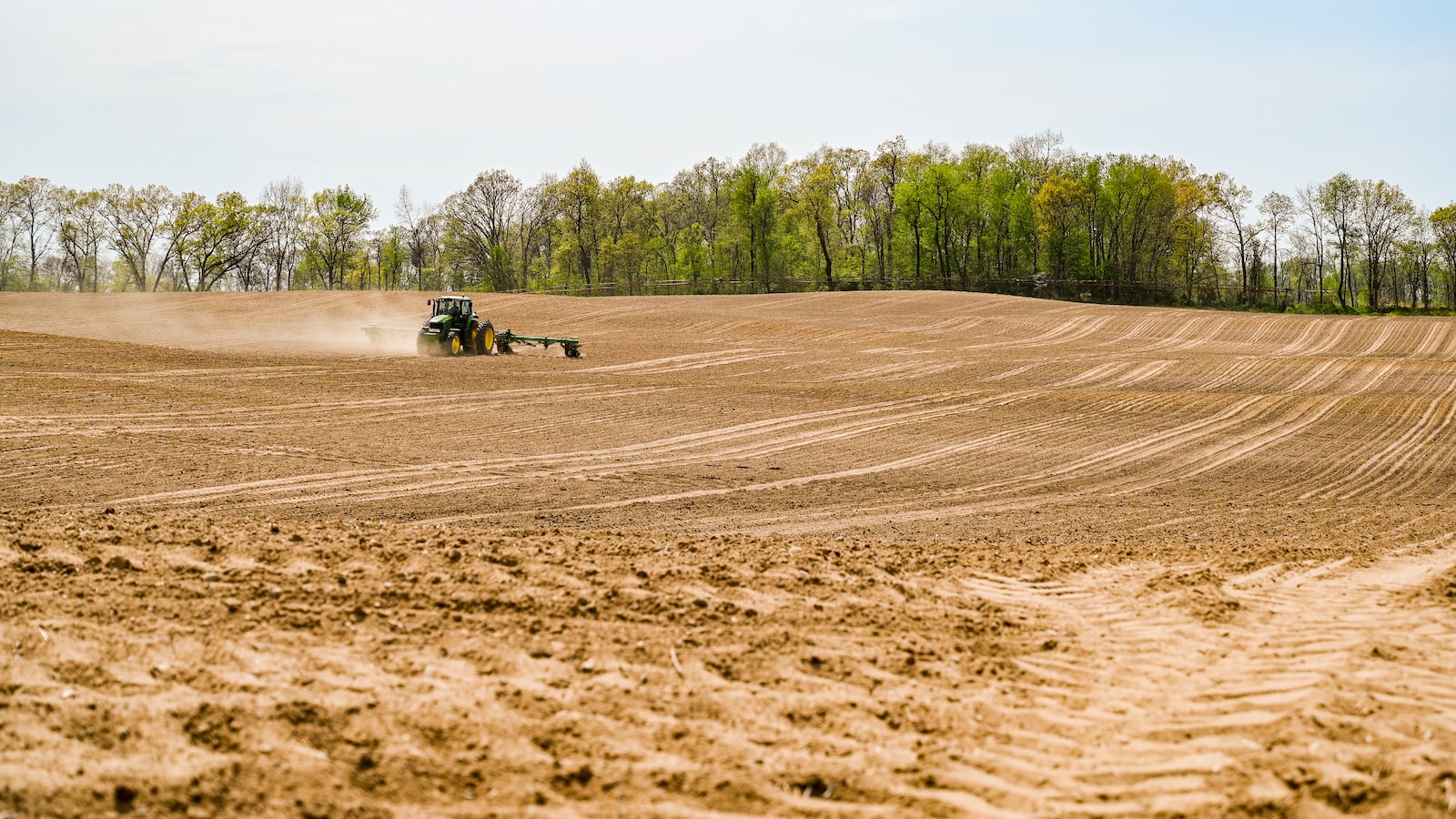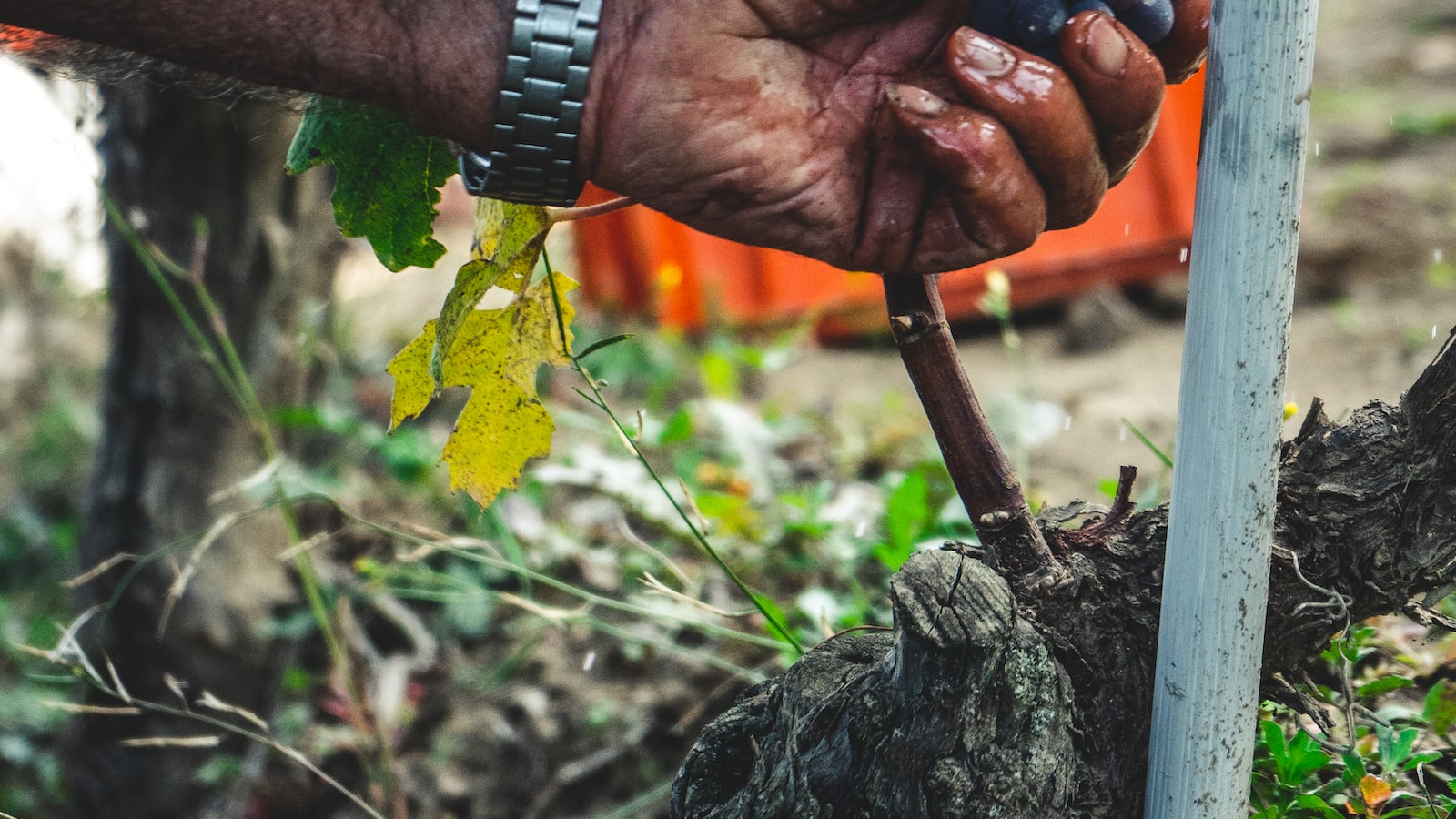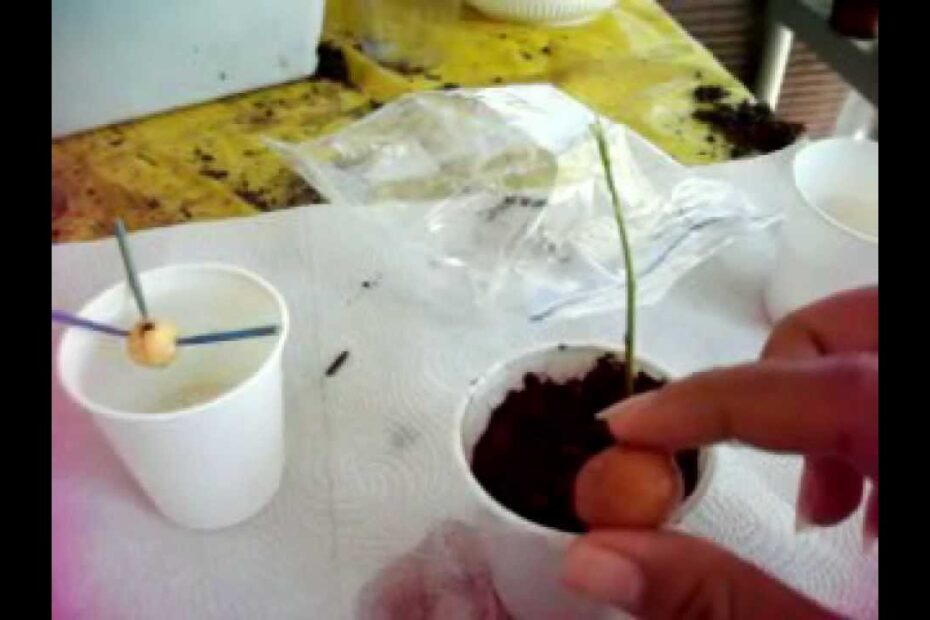Lushly nestled within the Caribbean’s fertile lands, a hidden jewel awaits those who dare to take on the adventure of growing quenepas from seed. These petite, green globes of deliciousness have long been cherished by islanders for their mouthwatering juiciness and addictive sweetness. With their vibrant citrusy flavor and the thrill of devouring their succulent flesh, it’s no wonder that quenepas are hailed as the ultimate tropical delicacy. Join us as we embark on a voyage through the secrets of nurturing this magnificent fruit from a humble seed to a bountiful tree, transforming your garden into a slice of tropical paradise. So, grab your gardening gloves, embrace your inner green thumb, and let’s explore the wondrous realm of growing quenepas, one seed at a time.
Choosing the Right Quenepas Seeds: A Guide to Ensuring Healthy Growth
Quenepas, also known as Spanish limes, are delicious tropical fruits that are native to the Caribbean and Central America. If you’ve ever tasted them, you know how incredibly juicy and flavorful they are. Growing your own quenepas from seed can be a rewarding experience, allowing you to savor their sweet tanginess right from your backyard. In this guide, we will walk you through the process of choosing the right quenepas seeds to ensure healthy growth and a bountiful harvest.
When selecting quenepas seeds, it’s important to keep a few key factors in mind. Look for seeds that are fresh and plump, as these are more likely to germinate successfully. Avoid seeds that are discolored, shriveled, or damaged, as they may not have the vitality needed for healthy growth. Opt for seeds that have a smooth, intact outer shell, as this indicates a higher chance of germination. Additionally, consider purchasing seeds from reputable sources, such as specialized nurseries or online sellers who specialize in tropical fruits.
In order to maximize your chances of successful quenepas cultivation, here are some essential features and tips to keep in mind:
| Feature | Tip |
|---|---|
| Soil | Ensure well-drained soil with a pH level between 6.0 and 7.0 for optimal growth. |
| Watering | Keep the soil consistently moist, but avoid overwatering to prevent root rot. |
| Temperature | Quenepas thrive in warm climates with temperatures above 60°F (15°C). Protect young plants from frost. |
By carefully selecting healthy quenepas seeds and following these essential tips, you’ll be well on your way to growing your own quenepas tree. Once matured, the tree will reward you with a generous harvest of these mouthwatering fruits, perfect for snacking, juicing, or adding a tropical twist to your favorite recipes. Enjoy the journey of nurturing your quenepas from seed to fruit-bearing tree and relish the satisfaction of cultivating your very own tropical treasure.

Preparing the Soil and Planting Quenepas Seeds: Essential Steps for Successful Cultivation
Are you a fan of exotic fruits? If so, you’ll love growing your own quenepas! These delectable fruits, also known as Spanish limes, are not only delicious but also packed with nutrients. If you’ve always wondered how to grow quenepas from seed, look no further! In this post, we’ll walk you through the essential steps to prepare the soil and successfully plant your very own quenepas seeds.
Step 1: Selecting the Ideal Location
- Find a sunny spot in your garden or yard where the quenepas tree can receive at least 6 hours of direct sunlight daily.
- Ensure the chosen area has well-draining soil to prevent waterlogging.
- Consider the eventual size of the tree and allow for ample space for it to grow and spread its branches.
Step 2: Preparing the Soil
- Before planting the quenepas seeds, remove any weeds or stray plants from the chosen area.
- Loosen the soil with a garden fork or tiller to promote healthy root growth.
- Add organic matter, such as compost or well-rotted manure, to improve soil fertility and moisture retention.
| Features | Tips |
|---|---|
| Fast-growing tree | Regularly prune to maintain shape and size. |
| Tropical plant | Protect from frost during colder seasons. |
| Delicious fruits | Harvest when the skin turns from green to yellow or orange. |
By following these essential steps, you’ll be well on your way to growing healthy quenepas trees from seed. With a little patience and care, you’ll soon be relishing the taste of these delightful fruits right in your own backyard!

Caring for Quenepas Seedlings: Tips to Nourish and Protect Young Plants
<p>Quenepas, also known as Spanish limes, are tropical fruit trees that can be grown from seed with some care and patience. If you are a gardening enthusiast looking to embark on a quenepas-growing journey, we've got you covered! Here are some essential tips to help you successfully grow quenepas from seed and ensure the healthy development of your young plants.</p>
<h3>Provide Adequate Sunlight and Water</h3>
<p>Quenepas thrive in warm climates, so it's crucial to give them plenty of sunlight to grow. Make sure to plant your quenepa seedlings in a spot where they will receive direct sunlight for at least 6-8 hours a day. As for watering, quenepas require regular moisture, especially during their first few years. Water your plants deeply but avoid over-watering as it can lead to root rot. Aim to keep the soil consistently moist but not waterlogged.</p>
<h3>Protect Seedlings from Harsh Elements</h3>
<p>Young quenepa seedlings are particularly sensitive to extreme weather conditions, so it's important to shield them from potential harm. Consider creating a protective barrier around your plants using a temporary shade cloth or lightweight fabric, especially during hot summers or cold winters. This will help regulate temperature, prevent sunburn, and <a href="https://up-gardening.com/can-you-plant-a-tree-in-summer/" title="Can You Plant a Tree in Summer">reduce moisture loss</a>. Additionally, guarding against strong winds will keep the delicate branches from breaking. Remember to remove the covering once your plant becomes stronger and more resilient.</p>
<table>
<tr>
<th></th>
<th>Features</th>
<th>Tips</th>
</tr>
<tr>
<td><strong>Soil</strong></td>
<td>Choose well-draining soil with a pH range of 6.0-7.0.</td>
<td>Regularly check soil moisture to maintain optimal conditions.</td>
</tr>
<tr>
<td><strong>Fertilization</strong></td>
<td>Use a balanced, <a href="https://up-gardening.com/can-i-grow-jujube-tree-in-a-pot/" title="Can I Grow Jujube Tree in a Pot">slow-release fertilizer</a> to nourish your seedlings.</td>
<td>Follow the package instructions and avoid over-fertilizing.</td>
</tr>
<tr>
<td><strong>Pollination</strong></td>
<td>Quenepas are self-fertile, but hand pollination can enhance fruit production.</td>
<td>Gently transfer pollen from male to female flowers using a small brush.</td>
</tr>
</table>
Harvesting Quenepas from Seed: Maximizing Yield and Enjoying Fresh Fruits
Growing your own quenepas from seed can be a rewarding and delicious endeavor. With the right techniques and care, you can maximize your yield and savor the taste of fresh fruits straight from your own garden. Here are some tips and tricks to help you successfully grow quenepas from seed:
| Features | Tips |
|---|---|
| Choose the right soil | Quenepa trees thrive in well-draining soil, so make sure to choose a location with good drainage for planting. |
| Provide ample sunlight | Quenepas require full sun to grow and produce abundant fruits. Select a sunny spot in your yard or garden for the best results. |
| Support young trees | When the young tree starts to grow, place stakes or supports around it to provide stability and protect it from strong winds. |
To maximize your quenepa yield, it’s essential to promote proper pollination. Quenepas have both male and female flowers on the same tree, but they are often not self-pollinating. To ensure successful pollination, it’s recommended to plant at least two quenepa trees in close proximity. The wind and pollinators will carry the pollen, resulting in more fruits.
Regular watering is crucial for quenepa trees, especially during dry periods. Keep the soil moist, but avoid overwatering as it can lead to root rot. Mulching can help retain moisture and regulate the temperature around the tree’s roots. Additionally, make sure to prune your quenepa tree regularly to promote airflow and remove any diseased or damaged branches.
Frequently Asked Questions
Q: What’s the secret to planting quenepa seeds successfully, so they grow into flourishing trees?
A: Unleash your inner green thumb with these helpful tips on growing quenepas from seed!
Q: Can I grow quenepas trees from seeds I find at the grocery store?
A: Absolutely! Embrace the potential of those quenepa seeds you’ve saved from your juicy snack—transform them into your very own bountiful quenepa tree.
Q: Do quenepas prefer particular soil conditions for optimal growth?
A: Quenepas are quite forgiving when it comes to soil, but we’ll let you in on a little secret to ensure an exceptional harvest. Dive into the fascinating world of quenepa seed nurturing, and let their natural resilience shine. As we bid farewell to this bountiful journey of nurturing and cultivating quenepas from its humble seed, let us remain mesmerized by the miraculous wonders of nature. With each step taken in cultivating these tropical treasures, we have witnessed the bond between mankind and the Earth unfold, reminding us of our role as caretakers of this magnificent planet.
As your quenepa saplings now stand tall, ready to embrace the world with their resilient branches, remember that you hold the key to their prosperity. Nurture them with love, for these delectable fruits will reward you abundantly for your efforts. In time, the once minuscule seed will transform into a splendid spectacle of nature’s artistry, a reminder of the enchanting cycle of life.
As you bite into the juicy flesh of a ripened quenepa, relish in the knowledge that you played an instrumental part in its growth. The secrets you uncovered in this article will continue to guide you on your horticultural endeavors, providing a roadmap to future success. Share this wisdom with others, for the joy of growing quenepas from seed should be celebrated and shared by all.
So, dear readers, let this be but the beginning of your fruitful exploits. Let the seeds of curiosity continue to sprout within your hearts, propelling you forward on an endless quest for knowledge and nurturing. Embrace the beauty of the natural world, for it embraces us in return, allowing us to witness miracles unfold in our own backyard.
As the sun sets on this article, the next chapter in your quenepa-growing adventure awaits. May your gardens bloom with abundance, and may the taste of sweet victory forever linger on your lips. Until we meet again, dear horticultural enthusiasts, let the quenepa seed be a constant reminder of the boundless possibilities that lie within our grasp. Happy growing!
- When to Put Weed and Feed on Lawn in Michigan - October 16, 2023
- When to Fertilize Potatoes Plants - October 16, 2023
- Can You Plant Clover in the Spring - October 16, 2023
Contents
- 1 Choosing the Right Quenepas Seeds: A Guide to Ensuring Healthy Growth
- 2 Preparing the Soil and Planting Quenepas Seeds: Essential Steps for Successful Cultivation
- 3 Caring for Quenepas Seedlings: Tips to Nourish and Protect Young Plants
- 4 Harvesting Quenepas from Seed: Maximizing Yield and Enjoying Fresh Fruits
- 5 Frequently Asked Questions

